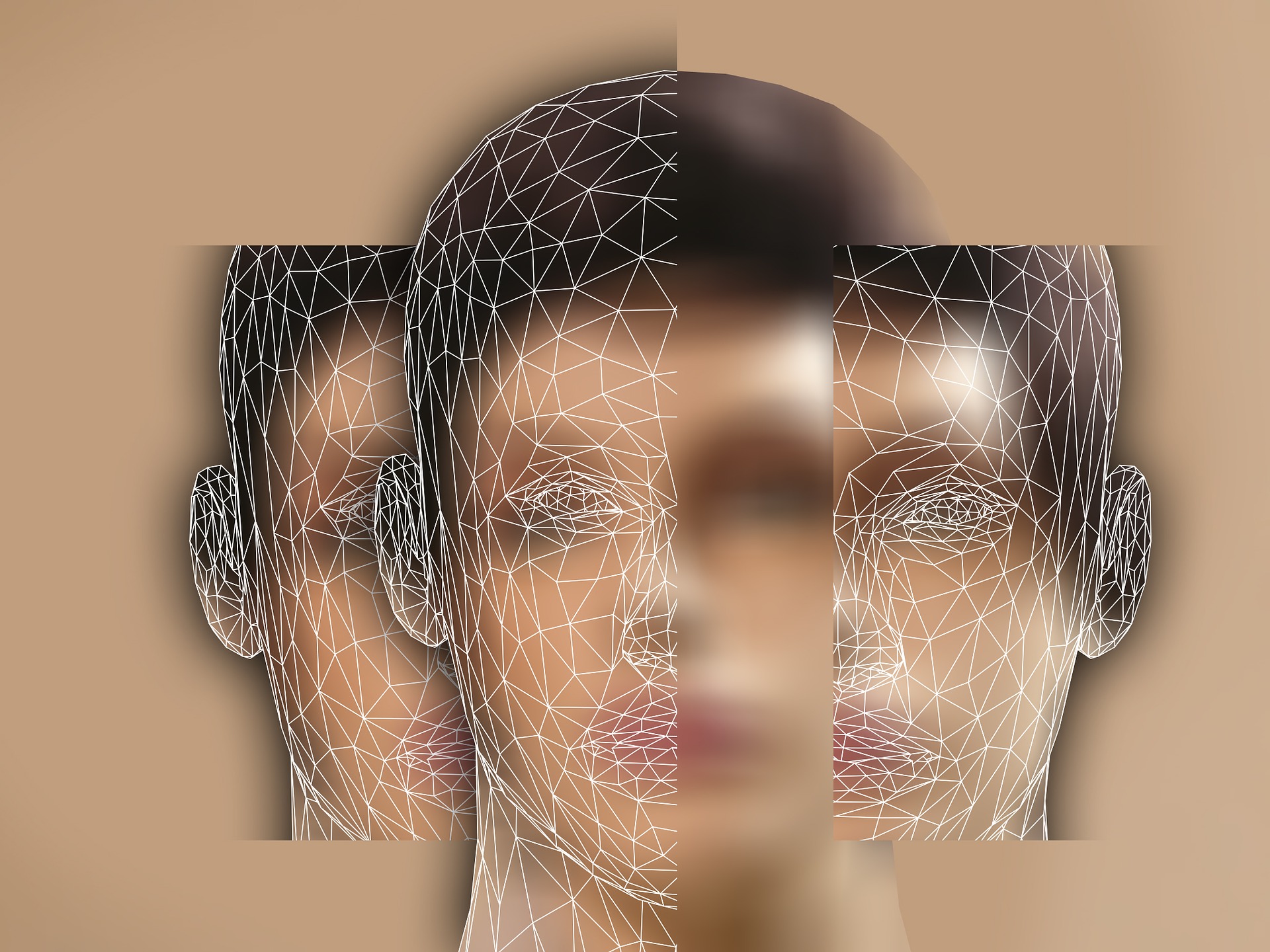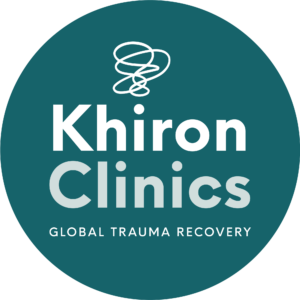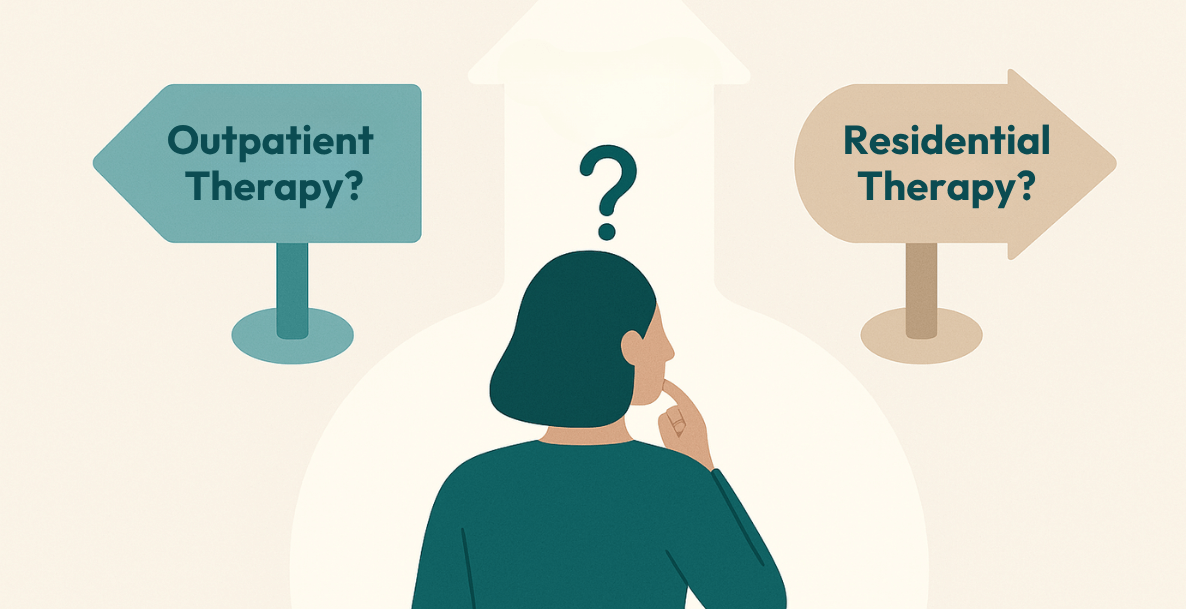Personality disorders are a specific category of mental health problem whereby our beliefs, behaviours and attitudes bring about long standing difficulties throughout our lives.
The majority of people with a personality disorder struggle to engage with mental health services. For those people who do, the event will commonly follow a crisis, an episode of self-harm, assessment for a different psychiatric complaint or a crime. Health professionals value the identification and diagnosis of a personality disorder, as any overlap can significantly affect the presenting signs and symptoms of already existing mental health conditions and future approaches to care.
Personality disorders can cause lifelong difficulties in areas such as health, education, employment and interpersonal relationships, therefore, it is necessary that they be addressed regardless of any other connections. Much controversy surrounds the question regarding where the responsibility lies, as healthcare professionals oversee the care of those with a personality disorder despite a percentage of those being involved in criminal activity.

Download the Brochure
Discover Our Innovative Trauma Recovery Pathway
The term ‘personality’ is used to describe the pattern of thoughts, behaviours and feelings that makes each of us the unique individuals that we are. Depending on the environment and situation we are in and the company we are with at the time, we do not always adopt the same patterns of thought, or feel and behave in the same way ritualistically. Having a personality disorder may mean that we regularly experience problems regarding our attitudes and opinions towards ourselves and others. These thought patterns may be fixed and unhelpful.
There must be 3 constant signs and symptoms that occur at any one time in order for a diagnosis of a personality disorder to be considered. They are:
- The way we feel, think and behave causes us and/or those around you significant difficulties on a regular basis. e.g. We may experience feelings of mistrust or abandonment towards others which results in unhappiness for both parties.
- Our thinking patterns, feelings and the way we act causes a great many problems across the spectrum of our life. e.g. It may be challenging to meet new people or maintain friendships and relationships as we struggle to control your feelings and behaviour.
- These problems are ongoing and may have begun in childhood continuing through into adulthood.
A diagnosis of a personality disorder is often viewed in a positive light as it can make way for someone to access the correct services for them to get the help they need and to learn more about their condition. However, for some, a diagnosis could result in difficulties in coming to terms with having a personality disorder and lead to a feeling of being “labelled” or “stigmatised”.
Belonging to Cluster A and reported as rare compared with other personality disorders is Schizoid personality disorder which has a prevalence estimated at less than 1% of the general population[1]. This condition usually begins by early adulthood, however, significant features may have been present during childhood. Over time during normal childhood development we learn to precisely interpret social cues and respond accordingly. The exact cause of schizoid personality disorder is unknown, however, research leans towards a series of environmental and genetic factors, most likely in early childhood contributing towards the development of the disorder. Michelle L. Esterberg and colleagues report that there is evidence to suggest cluster A personality disorders share both environmental and genetic risk factors, and there exists an increased risk factor to the pervasiveness of schizoid personality disorder in those related to people with schizophrenia[2].
In 2012, Theodore Millon and colleagues suggested that the link between being underweight and schizoid personality disorder may also indicate involvement of biological factors[3]. Premature birth, low birth weight and prenatal caloric malnutrition are risk factors for future diagnoses of mental health disorder which in turn may contribute to the development of schizoid personality disorder[4]. In 2014, Brigham Young University reported that, ‘those who have experienced traumatic brain injury may be also at risk of developing features reflective of schizoid personality disorder.[5]’ Other historical researchers such as Jenkins (1946) have hypothesised that excessively perfectionist, unloving or neglectful parenting may play a role in the development of this personality disorder[6].
Characteristics of Schizoid Personality Disorder typically include: disinterest in building new relationships with others (including family members); a belief that relationships cause problems and interference with one’s own freedom; emotional coldness and indifferent towards others; choosing to live without interaction with others; preferring to be alone with one’s own thoughts; gaining little pleasure from life; having very little interest in intimacy or sexual contact with others; may appear lacking in a sense of humour or motivation towards goals; failure to react to criticism or praise from others.
In 1990, Aaron Beck and Arthur Freeman stated that those with schizoid personality disorder consider themselves observers as opposed to participants in their surroundings and that their aloof lifestyle offers comfort. However, it is noted that, this group of people refer to themselves as socially defective in comparison to their peers, e.g when watching films or reading books that address the subject of interpersonal relationships. Even though individuals diagnosed with schizoid personality disorder may not desire closeness, they are observed to have become weary of being “on the outside, looking in”. In turn, such feelings have the potential to later develop depersonalisation or depression. In such cases, those affected report “going through life in a dream” or “feeling like a robot”.
Explore Our Treatment Options
Find Out What Makes Us Different
The staff at our globally recognised mental health clinic have been informed, trained and supervised by some of the world’s leading trauma experts such as Dr Bessel van der Kolk, Dr Janina Fisher, Dr Stephen Porges, Dr Dick Schwartz and more.
Theodore Millon identified four subtypes of schizoid personality disorder[7]:
- Languid Schizoid (including depressive features). This is characterised by the experience of profound angst without the ability to adequately express it, the inability to seek simple pleasures or act spontaneously, lethargy, exhaustion, inertia, weariness, apathy, listlessness and incapacity.
- Remote Schizoid (including avoidant schizotypal features). Those diagnosed are often identified as; inaccessible, removed and distant, disconnected, secluded, peripherally occupied, solitary, aimlessly drifting. This subtype is often identified amongst the homeless community.
- Depersonalised Schizoid (including schizotypal features). This group of schizoid types are often witnessed ‘staring into space’ or occupying themselves with a specific task when in fact they are not applying themselves to anything. They are distant and disengaged from themselves and their peers.
- Affectless Schizoid (including compulsive features). Typically unresponsive, cold, lackluster, lacking in passion, unaffectionate, emotionless, spiritless, in-excitable and uncaring. Exhibits a preference for rigid schedule (obsessive-compulsive feature) with the coldness of the schizoid.
If you have a client, or know of someone who is struggling with a diagnosis of Schizoid Personality Disorder, or is experiencing symptoms described in this article – reach out to Khiron. We believe that we can stop the revolving door of treatment and misdiagnosis by providing effective residential and out-patient therapies for underlying psychological trauma. Allow us to help you find the path to effective, long lasting recovery. For information, call us today. UK: 020 3811 2575 (24 hours). USA: (866) 801 6184 (24 hours).
Sources:
- Esterberg, M.L., Goulding, S.M. & Walker, E.F. J Psychopathol Behav Assess (2010) 32: 515. https://doi.org/10.1007/s10862-010-9183-8
- ibid.
-
Millon T. Carrie M.; Meagher, Sarah E. (2012). “The Schizoid Personality (Chapter 11)”. Personality Disorders in Modern Life. Seth D. Grossman, Rowena Ramnath (2nd ed.). John Wiley & Sons. pp. 371–374. ISBN 0-471-23734-5.
-
Abel Kathryn M (2010). “Birth weight, schizophrenia, and adult mental disorder: is risk confined to the smallest babies?”. Archives of General Psychiatry. 67 (9): 923–930. doi:10.1001/archgenpsychiatry.2010.100. PMID 20819986.
-
Brigham Young University (2014): Head injuries can make children loners. For original study, see Levan, Ashley; Baxter, Leslie; Kirwan, C. Brock; Black, Garrett; Gale, Shawn D (2015). “Right Frontal Pole Cortical Thickness and Social Competence in Children With Chronic Traumatic Brain Injury”. Journal of Head Trauma Rehabilitation. 30 (2): E24–E31. doi:10.1097/HTR.0000000000000040. PMID 24714213.
-
Jenkins R; S. Glickman (April 1946). “The Schizoid Child”. American Journal of Orthopsychiatry. 16 (2): 255–61. doi:10.1111/j.1939-0025.1946.tb05379.x.
-
Millon, Carrie M.; Meagher, Sarah E. (2012). “The Schizoid Personality (Chapter 11)”. Personality Disorders in Modern Life. Seth D. Grossman, Rowena Ramnath (2nd ed.). John Wiley & Sons. pp. 371–374. ISBN 0-471-23734-5.





